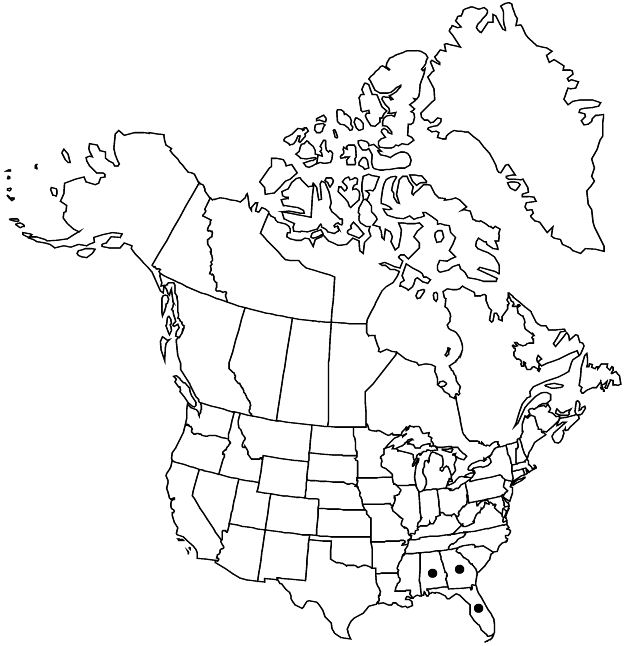Hypericum tetrapetalum
in J. Lamarck et al., Encycl. 4: 153. 1797.
Herbs (perennial) or shrubs, erect, with woody base, usually unbranched, sometimes with divaricate or ascending branches, 2–10 dm. Stems: internodes (2–) 4-lined at first, then 2-lined to terete. Leaf-blades oblong-ovate to ovate or triangular-ovate, 5–35 × 4–15 mm, base articulated, cordate-amplexicaul, margins subrecurved, apex apiculate or obtuse to rounded, midrib with 1 pair of branches. Inflorescences terminal, 1 (–3) -flowered, branching from apical node pseudodichotomous, sometimes with relatively short branches from to 3 proximal nodes. Flowers 20–30 mm diam.; sepals persistent, enclosing capsule, 4, unequal, outer broadly ovate, 7–15 × 5.5–10 mm, apex subapiculate to obtuse, inner narrowly lanceolate, 7–15 × 2–3 mm, apex acute; petals 4, bright-yellow, obovate-oblong, 10–15 mm; stamens persistent, 100; ovary 3-merous. Capsules broadly ellipsoid-ovoid to subglobose, 5–6 × 3.5–4 mm. Seeds not carinate, 0.7 mm; testa shallowly scalariform. 2n = 18.
Phenology: Flowering winter–spring (Jan–Apr), late summer (Jul–Sep).
Habitat: Moist, low pinelands, ditches
Elevation: 0–200 m
Distribution

Ala., Fla., Ga., West Indies (w Cuba)
Discussion
Hypericum tetrapetalum differs from H. crux-andreae in having broader leaves with strongly cordate-amplexicaul bases and, nearly always, by terminal pseudodichotomous inflorescences.
Selected References
None.